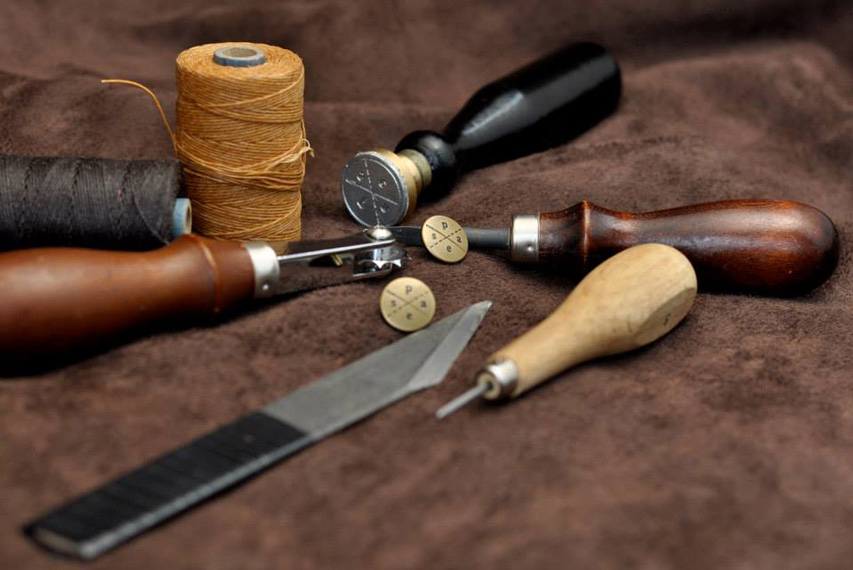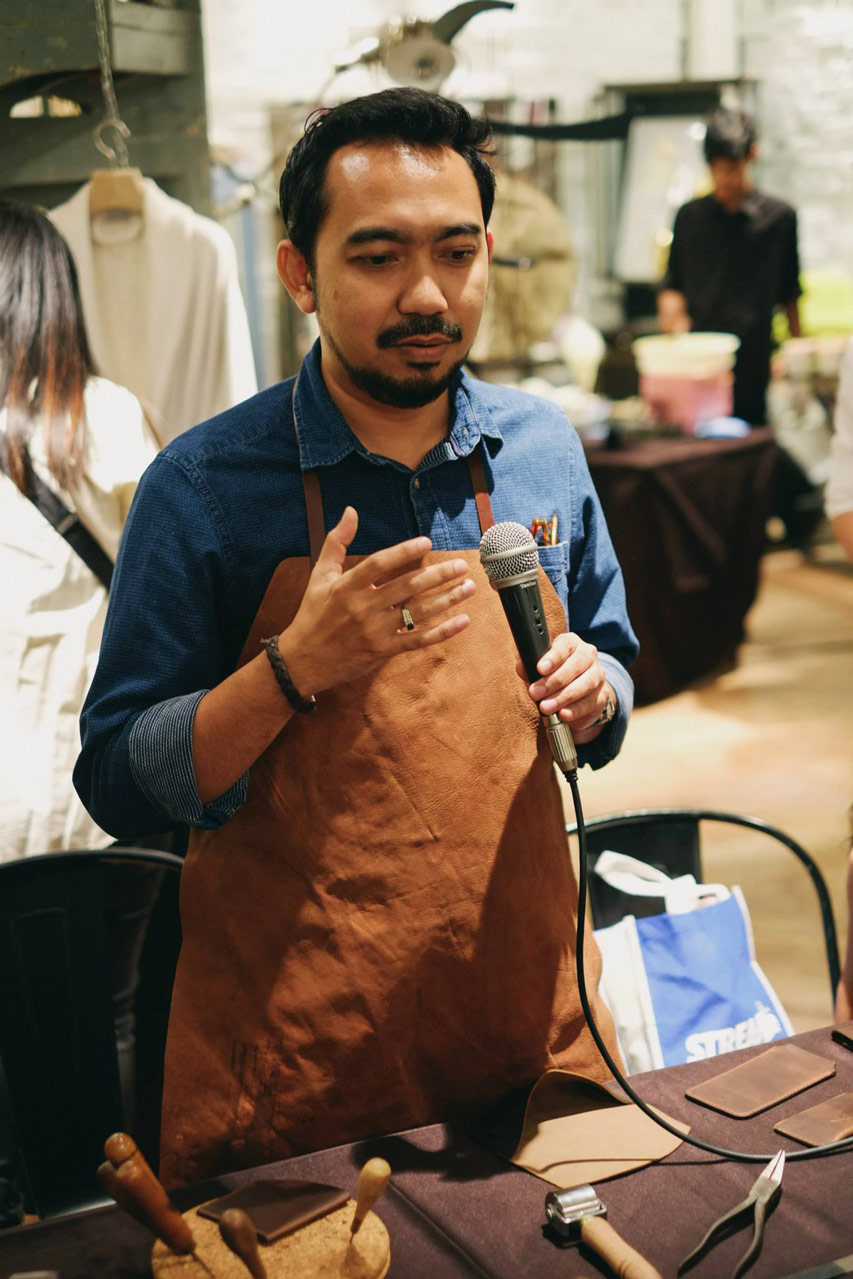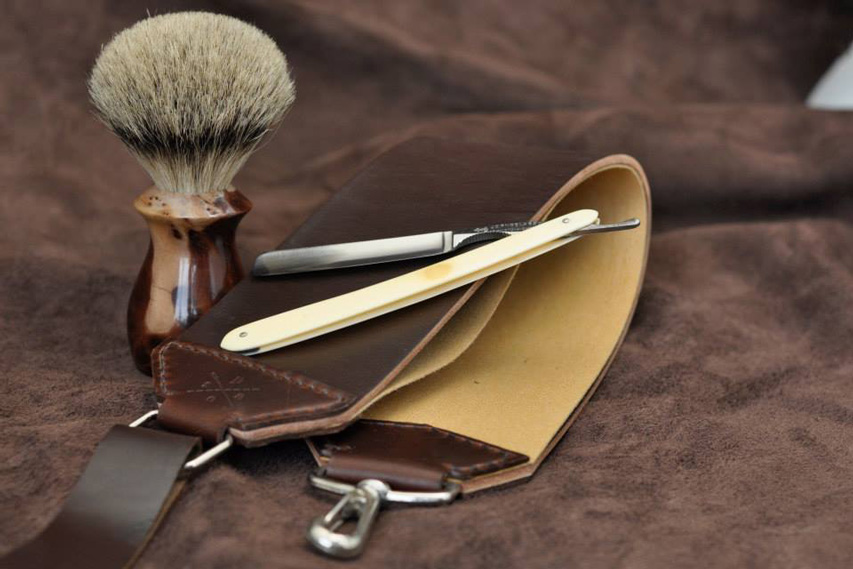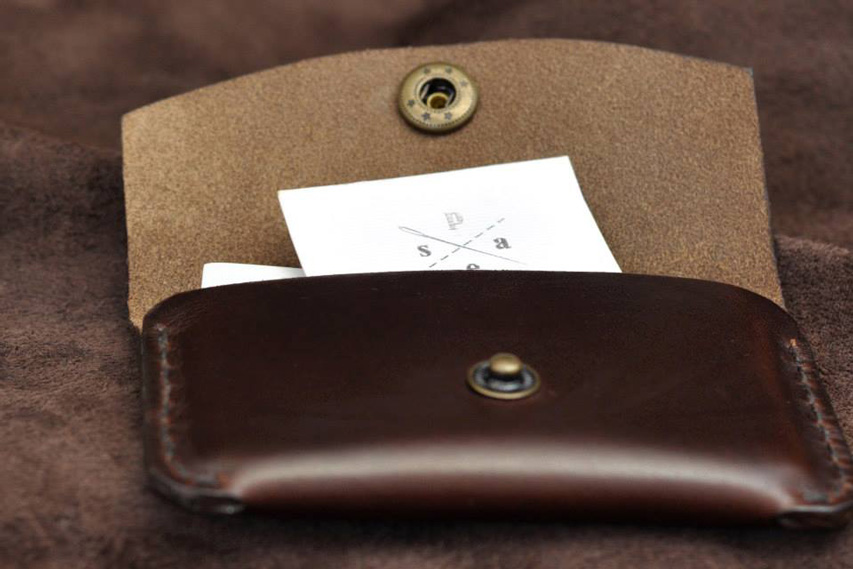Leather & Longevity with Pesakraf’s Faisal Mohamed
 Thirsty for JUICE content? Quench your cravings on our Instagram, TikTok and WhatsApp
Thirsty for JUICE content? Quench your cravings on our Instagram, TikTok and WhatsApp

Images Meet the Makers + Pesakraf
Pesakraf specialises in handmade quality goods — focusing on leather, specifically — and was formed in 2012 after Faisal Mohamed founded a group of likeminded people that shared the same dream as he had of creating products that are built to last – something that can be passed down to another generation. Before he focused on this venture full-time, Faisal was a penpusher for the National Solid Waste Management Department. Yep, we had that same expression. Curious about his current trade, JUICE spoke to the policy maker-turned-craftsman about the leather scene in Malaysia, the “it’s a Malaysian product, so it should be cheap” mentality, and why creating flashy items is a lot simpler in comparison to creating items that are minimal.
What’s the story behind the birth of Pesakraf?
I think the story behind most independent brands that are driven by passion, is that the founders are interested in something which is not accessed easily in his/her city or it’s not affordable, or they end up making their own products because they don’t like what’s being offered in the market. That’s basically what happened to me, and the story behind my brand.
We imagine that for an independent, passion-driven brands to be successful, it needs 100% commitment and attention. Do you do this full-time?
Just recently, yes. I quit my job about a month ago (at time of interview, August); I was a penpusher and a policy maker for the National Solid Waste Management Department that’s parked under Ministry of Urban Wellbeing Housing and Local Government (KPKT) and I worked there for three years, prior to that I was in the Ministry of Health. I was an Administrative and Diplomatic Officer and worked for the government, then recently quit my job to pursue the business full-time… if that makes any sense.
Wow, a policy maker turned leather goods craftsman. What persuaded you to make the jump?
I’ve been interested in leather for over four years now, and I admired the fact that for someone to be a good craftsman, it really depended on their skills and how much they had built it, and I thought rather than spending half the time working on my brand, I should focus on it full-time, so why the hell not?
That must’ve been a huge decision but we’re glad you did it! What are you hoping for Pesakraf to achieve?
I personally strive to produce high quality products in both the material and craftsmanship sense and for it to be similar to the works of Hermès and Dunhill. We’re striving to be at that level and not to confine ourselves to just the local market, we do have plans on expanding internationally too.

Is it easy to sustain a business that’s primarily focusing on leather? Especially since leather goods isn’t something that’s popular here.
I’m a firm believer in organic growth as this is something you shouldn’t rush. There’s a market for it these days, definitely, because people are looking for well-made handcrafted goods. I started doing this five years ago and it’s not easy to create leather goods in Malaysia because you can’t just walk into a store and buy what you need; you have to outsource or order online. Most established tanneries in the US/UK offer online deliveries but there are disadvantages, like not being able to just order one piece through a website, the company usually only accepts bulk orders, which will accumulate to a large sum.
Damn. Was there ever a time when leather was popular in this region?
We did have people who used to make leather items 50 years ago, but from what I gathered, a lot of them retired early from the industry because of the influx from China; everyone stopped using real goods and opted for economical ones instead. The market slowed down to a point where it became obscure.
If the market is practically nonexistent, how did you pick up these skills?
I am self-taught with the help of books and YouTube. I don’t think there’s a course on leather in Malaysia just yet so the only option I had was to learn by watching people over the internet. It’d be a lot easier if we learnt it with a teacher because trying to learn skills through a screen is a lot different than being physically in front of that person.
Walk us through the process of creating leather goods.
The customer comes to me with a proposition, let’s say they want a stationery case, I then ask for the specs and what they’d like to fit in it. And based on the requirements, I’ll design something and show it to my customer and if he/she approves of it, I’ll proceed. I’ve had experiences whereby the customers have already designed something or asked me to replicate an existing product belonging to another brand, and that’s something I decline doing. There are always limitations to what you do, and when I can’t offer my services to a customer because sometimes what they want doesn’t match my style, I refer them to craftsmen that suit the task better.
That’s very nice of you. What’s the most tedious project you’ve had to complete?
Any design that involves box stitching because it’s a lot more complicated to do. Think of it this way; you need to make a 90-degree angle (like the corners of a box) and stitch the angles so that it holds together. The recent one I did was a camera case, which took about two weeks to complete.
Shit. Seems like you need a lot of patience for this too. How long does it usually take for a project to be complete?
It takes me three weeks in general to complete everything, and that’s inclusive of the design process, consultation, and to test the product to ensure that it can be used. The timeline is also dependent on what my customers ask for. For instance, [say] a customer asks me to create a cigar case and I don’t have the suitable leather for it at the moment, so I need to source it and that will take time, of course. So the period of time really depends on the complexity and the materials needed for the project.

Where can we find the best craftsmen in Asia?
Japan has superb craftsmen, particularly in the shoe-making field. There’s a lot of bespoke shoemakers in Japan, and I follow a few but none of which I can afford ‘cos one pair can come up to USD15,000. The more expensive ones work exclusively with their hand without any usage of a machine. Making each pair could take months as there are tens of thousands of stitches that go into it…
Your fingers could resemble mini-biceps…
They could expedite the whole process by using a bit of machinery but some people prefer to do it the ‘old school’ way. Two people could use the same material but the techniques will showcase the differences and if it’s that good, it’s bound to be expensive.
Speaking of techniques, what sort of tools do you use?
Most of my tools are vintage — about 100 years old — and from France. One piece can cost RM800 to RM900, so I got really lucky when I was able to buy an entire range. If somebody were interested to try this out, I’d encourage them to pick up the craft using basic tools and then once he/she progresses, they can graduate to better tools.
What are some of the basic tools one would need to get started on leather making?
Needles, thread, a knife, and leather. The more complex the job, the more tools that’ll be required, but it also depends on the craftsman’s style preferences; ‘raw’-looking products don’t require as many tools as refined ones do.
So what’s Pesakraf’s style like?
My style is minimalistic, classy, and traditional. Someone asked me if I had anything that was ‘edgier’, something that came in bright colours or had embellishments. I’ve nothing against it but that’s not my taste. There are two types of customers — ones that will look at the craftsmanship and ones that are looking to carry goods that’ll only be worn by Lady Gaga, so they have the ‘shock and awe’ effect.

You said you wanted to create items that could be regarded as heirlooms. How long can leather last?
For over a thousand years. Good quality leather should hold up with time, provided that you take care of it by applying oil or leather conditioners occasionally, because the thing about leather is that it’ll harden over time and good leather ages gracefully and will look a lot better after 10 years.
Our climate must have a poor effect on the material though.
Yeah, the weather does affect the leather’s condition but if you take care of it properly, it shouldn’t be a problem. Another great thing about knowing who created the product you’re using is that you can go back to them and ask them for tips for such matters.
What wisdom would you like to impart to our readers and potential craftsmen?
Don’t ever lower yourselves down in terms of price or create goods for the sake of generating sales and gaining clients. The most expensive component is your craft. Appreciate good products, and to understand that just because something is produced locally, [that] does not mean that it should be cheaper.
Yeah, that mentality can be quite annoying.
It’s fair to say that it’s a lot more expensive for the fact that we have to bring a lot of these materials in from other countries. It’s a lot cheaper [cost and selling wise] to do what I’m doing in the US because they produce their own leather and tools – but I’m not there. Owning a local brand doesn’t necessarily mean the items are sold for cheaper the price because if the product holds the same quality [of a high-end fashion brand] then it should be priced similarly or more expensive.
It could also be due to the fact that our community is not exposed to crafted goods, so they don’t really know how to respond to it other than “if it’s local, it should be cheap!”
Definitely. It’s not that they don’t care, it’s just that they don’t know. And I’m sure if you gave the consumer information, they would be able to appreciate and understand. Once you start the process of educating the masses, the market will expand and naturally there’ll be an increase of players. We don’t have a leather culture here, but I tell my customers that the best thing about owning something which was made by a handcrafted brand is that you know exactly who made it and there’s always a story behind it. Also, if the quality is good, it should be in good condition if you wish to pass it down to the next generation.
What’s your favourite JUICE?
Passion.


 Get Audio+
Get Audio+ Hot FM
Hot FM Kool 101
Kool 101 Eight FM
Eight FM Fly FM
Fly FM Molek FM
Molek FM